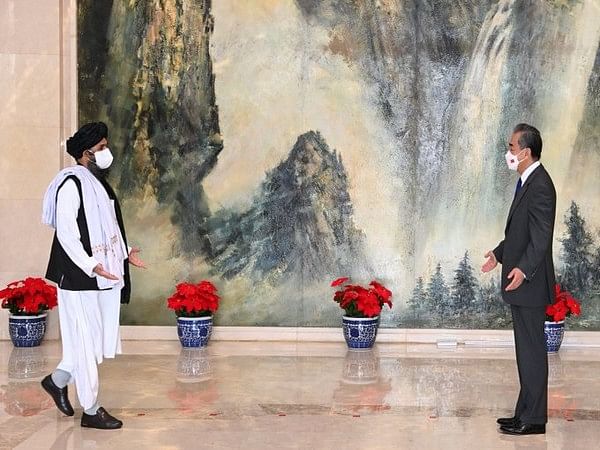
BRIEF
United Nations officials are once again having serious discussions about international intervention to quell extreme gang-related insecurity in Haiti, but major countries have expressed little enthusiasm for backing a proposal similar to previous disastrous efforts.
UN Secretary-General António Guterres called on July 6 for member nations to back an international force to assist the Haitian National Police and “defeat and dismantle the gangs.”
“The Haitian people are trapped in a living nightmare. Humanitarian conditions are beyond appalling,” he said.
SEE ALSO: Was Haiti's President Moïse Killed for Valuable State Contracts?
Guterres’ statements echo previous calls from United Nations officials for a multinational response to Haiti’s gang problem, which has generated skyrocketing rates of violent crime and major disruptions of essential economic activities like fuel distribution and food production.
Despite these calls, no agreement has been reached. The nations most likely to lead such a force -- the United States, Brazil, and Canada -- have so far avoided committing to the kind of force envisioned by UN officials. Canada announced in June that the Dominican Republic would host a Canadian security outfit to aid Haiti, but the Dominican Republic later denied that was the case.
Since the assassination of President Jovenel Moise on July 7, 2021, Haiti has been suffering a political crisis, public health disaster, and extreme violence from powerful gangs who have seized control of key infrastructure and terrorized communities.
With local security institutions unable to contain spiraling gang violence, vigilante groups have sprung up, killing dozens of suspected gang members in recent months.
“I have never seen the situation as bad as it is now,” William O’Neill, UN independent expert for Haiti, told reporters on July 6.
Haitians appear to be divided over whether to support an international intervention. Previous calls for a peacekeeping force were met with mass protests, but a recent study suggested that Haitians’ support for intervention is relatively high.
InSight Crime Analysis
The UN’s calls for international intervention in Haiti confront not only a lack of political will from the international community but also a legacy of grievous failures by previous peacekeeping forces.
A proposal under consideration by some member nations envisions close collaboration between international forces and Haiti’s national police, according to an internal UN document obtained by the Miami Herald.
But the police are heavily linked to the country’s gang problem and have helped fuel violence in some of the country’s most impoverished neighborhoods. Jimmy Chérizier, alias “Barbecue,” one of the country’s most prominent gang leaders, is a former police officer and has maintained connections in government after turning to crime.
SEE ALSO: Haiti’s Anti-Gang Vigilantes May Pose Future Criminal Threat
Additionally, the government of Prime Minister Ariel Henry is unpopular and lacks legitimacy, especially as elections have not been held since 2016 and no national-level politicians remain in office. This would severely impact the effectiveness of an intervention, Brian Concannon, executive director of the Institute for Justice & Democracy in Haiti (IJDH), told InSight Crime.
“Gangs are difficult to deal with in any situation, but you add on the political dimension that most people hate you ... you really can't win the hearts and minds that you need to succeed,” he said.
Previous UN involvement in Haiti has not only failed to contain insecurity but has caused additional problems. The United Nations Stabilization Mission in Haiti (MINUSTAH) intervention between 2004 and 2017 resulted in widespread human rights abuses by UN peacekeeping forces, who were accused of sexual crimes. The UN has also acknowledged its role in starting a cholera outbreak that killed thousands.












